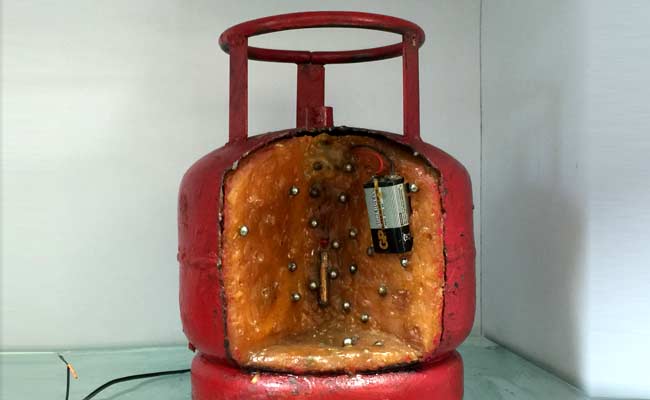Nepal levies least tax on tobacco in Asia, Contributing to thousands of tobacco-related deaths each year

KATHMANDU, April 9: Nepal is among the countries in Asia that levy the least tax on tobacco products, according to recent statistics. The Nepal government has imposed a tax of only 41 percent on tobacco products, while other neighboring countries have imposed higher taxes. For instance, India has a tax rate of 53 percent, Pakistan has 61 percent, Bangladesh has 73 percent, and Sri Lanka has the highest tax rate of 77 percent.
However, the low tax rate on tobacco products in Nepal has led to severe consequences. According to the statistics, four people die due to tobacco consumption every day in Nepal, which translates to 37,523 people dying each year. These deaths occur due to various illnesses and diseases caused by tobacco consumption, such as lung cancer, heart disease, stroke, and other respiratory diseases.
The World Health Organization (WHO) estimates that increasing the amount of excise charged on cigarette packs by 50 percent in all countries could help to avert at least 11 million tobacco-related deaths and reduce the number of smokers by 49 million.
The WHO recommends a minimum 75 percent tax share of the retail price of tobacco, a goal that has already been achieved by 26 of the 53 countries in the Region. However, Nepal is not among those countries, and the low tax rate on tobacco products continues to contribute to the high number of tobacco-related deaths.
Health experts in Nepal have called on the government to increase the tax rate on tobacco products and take measures to discourage smoking. They argue that a higher tax rate would not only reduce tobacco consumption and related deaths but also generate revenue for the government.
In conclusion, the low tax rate on tobacco products in Nepal has led to thousands of tobacco-related deaths each year. The government should consider raising the tax rate on tobacco products to discourage smoking and reduce the negative health impacts associated with tobacco consumption.









Leave Comment